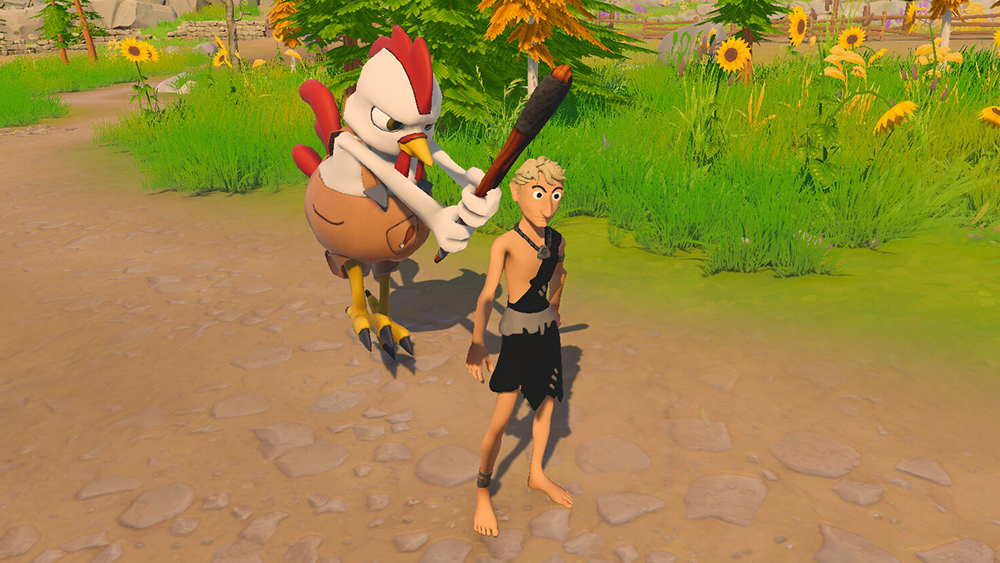10 must-know Instagram tips for creatives
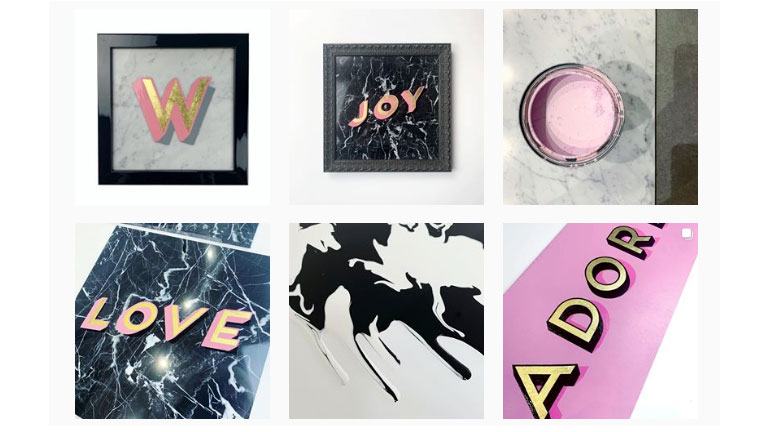
With the right Instagram tips, you can transform your feed into a hotbed of activity. Instagram is no longer just an image-sharing app, but has evolved to become an extremely useful tool for enabling creatives from a range of disciplines to showcase their work to a potentially huge audience.
Understanding how to ride the wave of Instagram’s rising popularity and tap into this growing community can pay dividends for artists and illustrators, and it’s no surprise that those with larger audiences reap the benefits. However, simply chasing Likes does not build engagement, especially as Instagram phases out Like counts (for more on this, see our Instagram engagement post).
Growing Insta engagement requires a clever eye, interesting viewpoint and genuine passion for what you do (and of course, simple tricks like how to change the font in your Instagram bio and how to make a collage on Instagram). Luckily for the time-poor, getting Instagram right doesn't involve as much planning as you might think.
We asked six creative professionals to share their best advice for building and sustaining an audience on Instagram. Read on for their essential Instagram tips and tricks.
Also read: How to activate Instagram's Dark Mode
01. Share your working processes
East London-based animation studio Animade has 148,000 followers, and predominately uses Instagram as a platform to share some of the work the team's most proud of, as well as share insight into how they make things. "It’s a place to showcase the love of our craft, share knowledge and air some of our smaller, weirder experiments," says Amy Egan, head of marketing.
"A big part of our studio culture is about experimentation and play – whether that’s trying out new software or techniques, or using any available time to work on a passion project – and I think our content on Instagram reflects this," says Egan.
Daily design news, reviews, how-tos and more, as picked by the editors.
We’ve had clients get in touch with us directly after seeing a specific post on Instagram
Amy Egan, Animade
Posting a mix of client work and passion projects, as well as finished animations, Animade often shares work in progress or behind-the-scenes bits that the team think might be interesting. This includes what they call 'breakdowns'; animated demonstrations of how a particular piece was made, which have proven quite popular (see above).
"Often clients look to social media as a way of spotting talent, with the website as a secondary port of call," continues Egan. "We’ve had clients get in touch with us directly after seeing a specific post on Instagram; sometimes it just encapsulates what they’re looking for."
Rather than sticking to a rigorous posting schedule, Animade tends to share as and when the team feel excited about something. "We try to make sure we post as often as we can to avoid any 'tumbleweed' moments."
02. Pick key themes – and stick to them
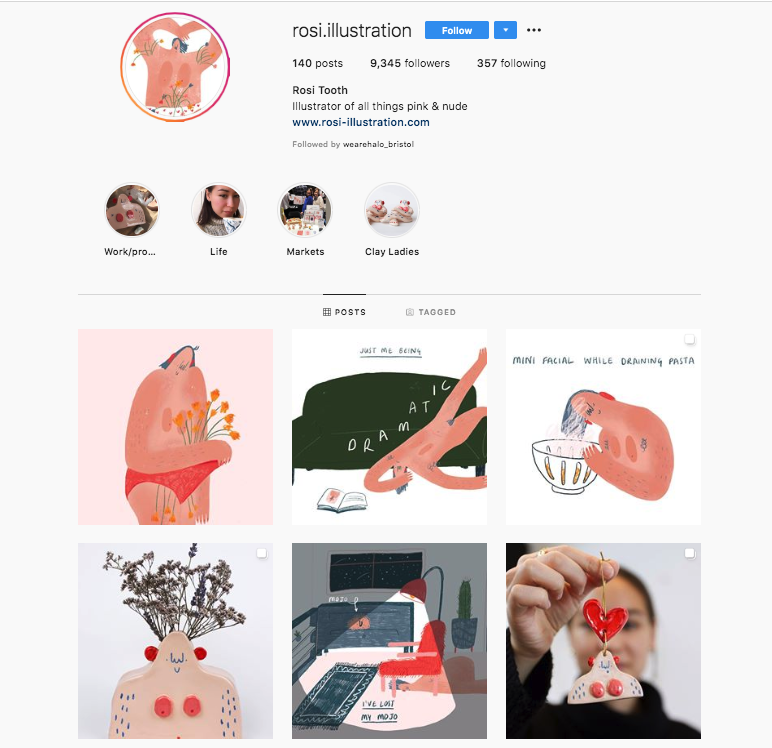
Rather than mapping out a rigid strategy for your content, Bristol based illustrator Rosi Tooth, who has around 9,000 followers, recommends following a few simple rules. For her, consistency is key, especially to nurture an audience that will stick around. “Interact and understand your audience, consistently produce content that is in line with your ethos and most importantly make work that you love,” she explains. “For me, a great account is an authentic account; feeds that not only have unique styles but also show off the artists as a person.”
Creating work which aims to challenge society's perception of what the female body should be through lighthearted illustrations and clay figurines, Yip's feed is awash with a subtle colour palette of pink, fleshy pastel hues, although it's not all about her illustrations. “I like to break up my illustrations with photos. I think this helps the illustrations stand out and not look too overwhelming,” she says.
After abandoning her account for several years, Yip has managed to grow her audience from 300 followers to over 3,000 in less than six months by staying true to the issues and topics that matter to her most.
It’s a sentiment shared by Detroit-based lettering designer and mural artist Lauren Ho, who has over 200,000 followers. Known for her bright colour palettes, playful letterforms, and quirky copywriting, Hom has created work for clients like Starbucks, Google, AT&T, YouTube and TIME Magazine. “I use Instagram to nurture my community and connect with other artists and share the work that wouldn’t necessarily make it into my portfolio in a timely manner,” she says.
Sticking to topics around creativity, freelance, food and humour, Hom narrowed down her focus based on what she was most interested in and what has resonated with her audience the most. “I often joke that the things you should explore in your instagram are the five categories you’d be the most confident in if you were playing Jeopardy!”
03. Make your space your own
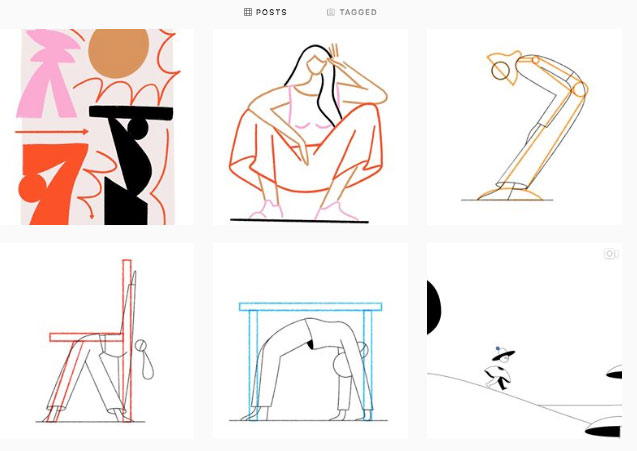
Since joining Instagram in 2011, Amsterdam-based illustrator Timo Kuilder, who has over 32,000 followers, has built a steady following for his pared-back characters, simple colour palettes and tight linework. He advocates trusting your instincts, and sharing the work you enjoy the most.
"I’ve started using Instagram almost like a sketchbook and try to be less rigid about it. Once in a while I share a print, work in progress or a timelapse as well. Although I tend to do this in Stories instead of my feed." (see more about how to use Instagram Stories here)
Less concerned about posting for the sake of likes, Kuilder says the key for him is to keep it fun. "A recent obsession was using coloured outlines and cloth and how it can wrinkle on objects. In those cases, I share a lot of style explorations and just tiny ideas or sketches. Instagram becomes a glimpse into my sketchbook. Just make this space your own, it’s your private gallery where no one tells you what to do."
Japanese-born Brooklyn-based visual artist Hisham Akika Bharoocha, who has over 96,000 followers agrees. “The only thing I do is to be genuine. That’s always been my style and people seem to appreciate that.”
04. Don't over-curate
Bharoocha makes a lot of work using collage, large scale mural paintings, installation work, sound pieces, and music performance. “I post at times where I feel most people are on their devices. That’s usually around lunch break, evenings after work, weekend mornings. Sometimes I need to do planned posts for commissioned jobs that involve social posts and I let the client and my agency, Hugo & Marie decide on that stuff. I just write the caption how I would say it in my own voice.”
Hom adds that the concept of a curated feed is not something she has consciously pursued. “My strategy is just to double down on the things that I love, and know a lot about, and make a lot of work around those things. I wouldn’t say my feed is intentionally curated, it’s just a reflection of me."
“Some people do have a ton of success with extremely curated feeds but that is not me in any shape or form, so I do not prescribe to that style,” continues Hisham. “There aren’t enough people who are not afraid to get a ton of likes. If you like it, post it if it means something to you. Personally I get very bored with over-stylised feeds.”
05. Experiment with apps
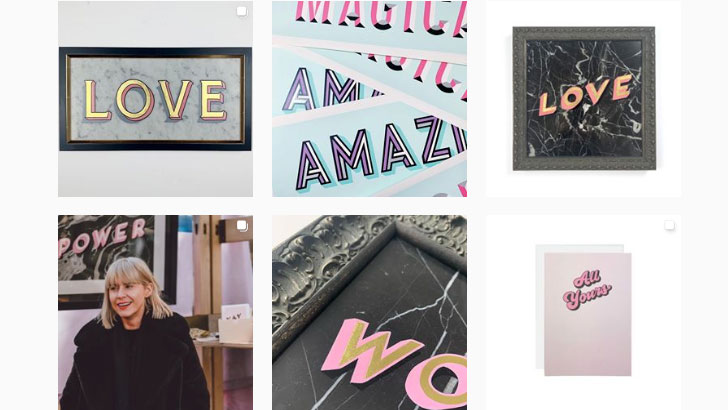
For creatives keen to create a sense of unity on their Instagram feed, using image editing apps help maintain a consistent colour palette on photographs, as Daisy Emerson, who has over 23,000 followers, has discovered. “I’m fairly particular on what I post. I will spend time editing a picture so that it looks in keeping with the rest of the work posted previously and I photograph things in the same way.”
Specialising in hand painted typography and lettering, Emerson paints bespoke pieces in enamel, often hand finished with gold leaf. “A big factor is the colour palette too. I wouldn’t post images if they contained certain colours which didn’t fit with my theme, again for consistency,” she adds. “ I use an app for editing called A Colour Story, which is really good for achieving great-looking photos and clever editing.”
06. Find your weird
“Think about what you do that’s different,” says Egan. “ It’s not something we ever planned, but we’ve noticed that some of our naturally weirder projects attract a lot of attention, like Ricard’s Watering the Plant, in which a goggle-wearing character nurtures a plant in a kind of high-tech hamster cage, with an unexpected twist. It really seemed to stop people in their tracks. It got 2.2 million plays and 480 comments.
For Animade, self-initiated animations and illustrations in the studio often attract the most attention. A recent example is Frida’s Teabag, which attracted 143,000 plays. “It’s a sassy teabag dancing provocatively around a cup of tea.” says Egan. “The post with the highest engagement to date is a breakdown of Ed’s walking chili dog (shown in tip #1), showing the composite parts of the moving leg. It reached 3.4 million plays!”
07. Build your community
If you’re serious about growing your audience, it pays to invest time in starting conversations in a genuine way, says Bharoca. Talking to people you’re inspired by and feel a connection to can attract more engagement on your own Instagram feed. “I do that just because I want people to know if I like their work beyond just a “like” reveals Bharoca. “Often people will look at your work and decide if they want to follow your account based on your interactions with them. I find it disappointing when people don’t engage at all. It seems selfish and that won’t grow any kind of community ethos.”
Yip agrees. “I think instagram Stories are a great way to communicate with your audience too. It enables you to ask questions directly and take polls without your audience having to do much. As well as this, it’s great for sharing other people’s work and more personal parts of your day that maybe you don’t want to keep on your feed.”
"I use Stories to post images of my son, events I go to, gatherings I go to, things I think are funny and don’t need to live forever online," says Bharoocha. "I’ve found that a lot more people engage with Stories and I find myself enjoying watching other people’s stories as it is a window into people’s lives that is candid.”
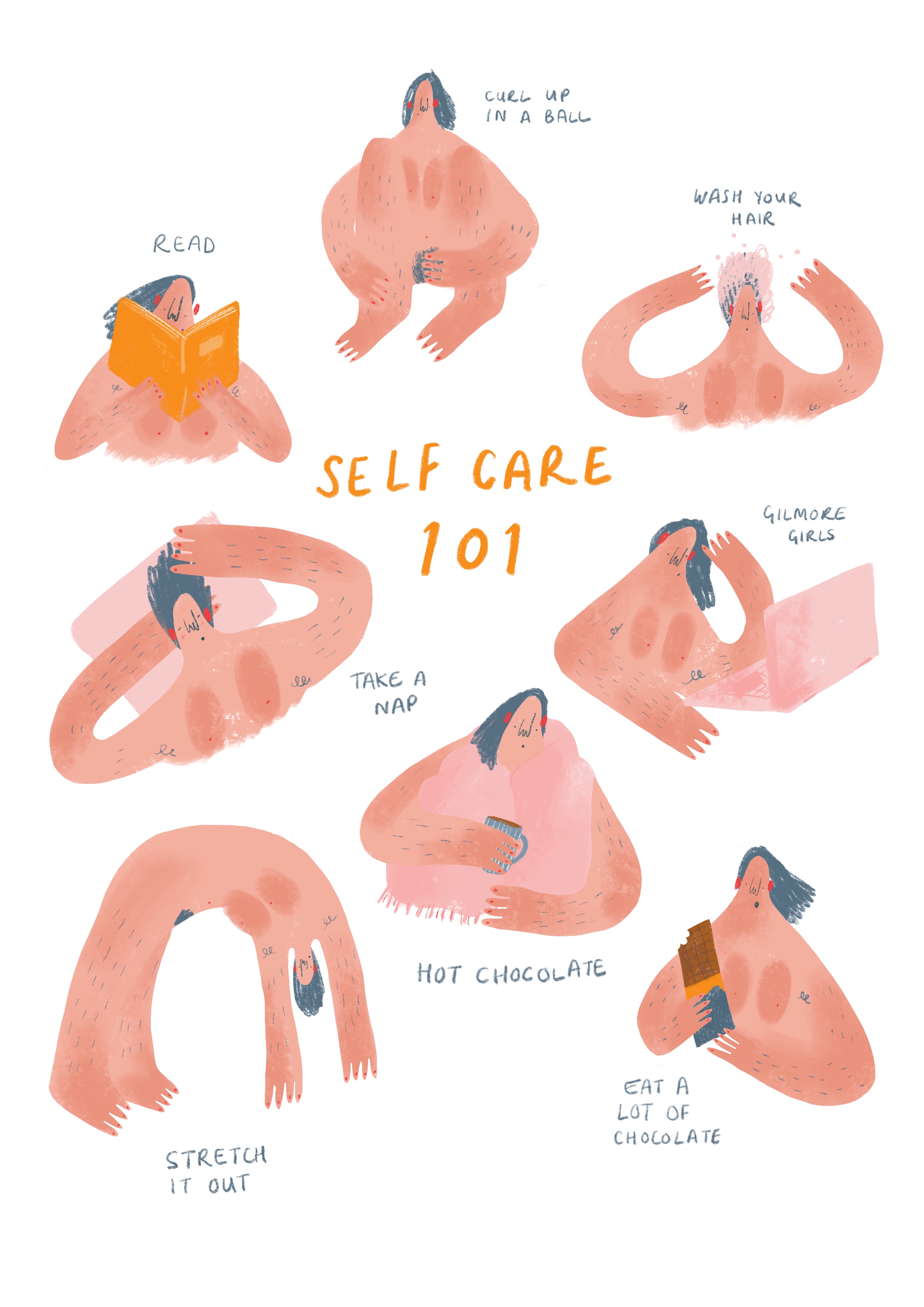
Sharing personal work also resonates, as Yip discovered back in May 2019. “I was feeling pretty run down creatively. I drew out the eight things I like to do, which includes my favourite go-to feel good tv show, Gilmore girls, which turned out to be the same for a lot of people!”
The post was one of her most popular. “I think self care can sometimes come with a price with so many products out there telling us that this new thing will definitely calm us, help us sleep, de-stress but sometimes what we actually need is a bit simpler.”
08. Ditch lengthy captions
Animade’s Instagram content reflects the passion and energy of the studio's culture. ”We aim to be open about our working processes by sharing experiments and showing how things have been made, sometimes in great detail. And not just for those in the industry; our ‘edumation swipes’ (above) aimed to decode animation jargon for a wider audience in a way that is still fun and engaging. We let the work speak for itself and avoid lengthy descriptions.”
Bharoocha agrees. “I truly hate seeing a lot of small variations on one project unless it adds depth to what I see in the first post. Switch it up. If you post one still image, post a video about process. Talk about it in your caption but don’t write a novel, because people don’t care that much.”
09. Add value
Alongside her thriving artistic practice Hom supports her community by sharing advice and industry insight, and runs a weekly ‘Hom-work’ challenge as an open invitation for artists and illustrators to participate, and create work, in response to a topic or theme she chooses.
“It’s one of the things that has really helped grow my community on Instagram,” says Hom. “One of the things I noticed after talking to artists for a couple of years – and of course being one myself – is that it’s really nerve wracking to sit down in front of a blank page and want to create, but feel totally overwhelmed, and so these prompts are designed to get people started.” Hom promotes the ‘Hom-work’ challenge three or four times per week on Instagram Stories. “I get to showcase the work of other creatives to my large audience, and they get to build their community in turn. It’s a win-win.”
Giving something back in this way has not only seen her engagement on the platform sky-rocket, but Hom’s infectious enthusiasm and passion has seen her build a captive Instagram audience. “A great instagram account is something that brings value and remains consistent,” reflects Hom. “It means that someone who follows you will be confident that they will always know what they’re going to get and what they can expect.”
10. Strike a balance
Relying purely on social media to promote your work is not without risk. Despite her success, Hom disagrees that Instagram is essential to make it in design. “Instagram is just one method to share your portfolio and get you work. I don’t think it’s the be all and end all, and I don’t think emerging illustrators and designers should view it that way,” she confesses. “At the end of the day your portfolio, point of view and personality are more important. Instagram is just a vehicle.
Social media platforms come and go, of course – check out our favourite social media platforms here. “I think regardless of the platform, as a visual artist / illustrator once you figure out who you are and what you’re passionate about you will do well on any social media platform.” concludes Hom. “I started out on Tumblr around seven years ago, and it’s not what it used to be anymore, so whilst Instagram is the big thing right now, who knows what we’ll be doing in seven years from now. The best thing you can do is focus on developing your work and your personal style.”
Read more:
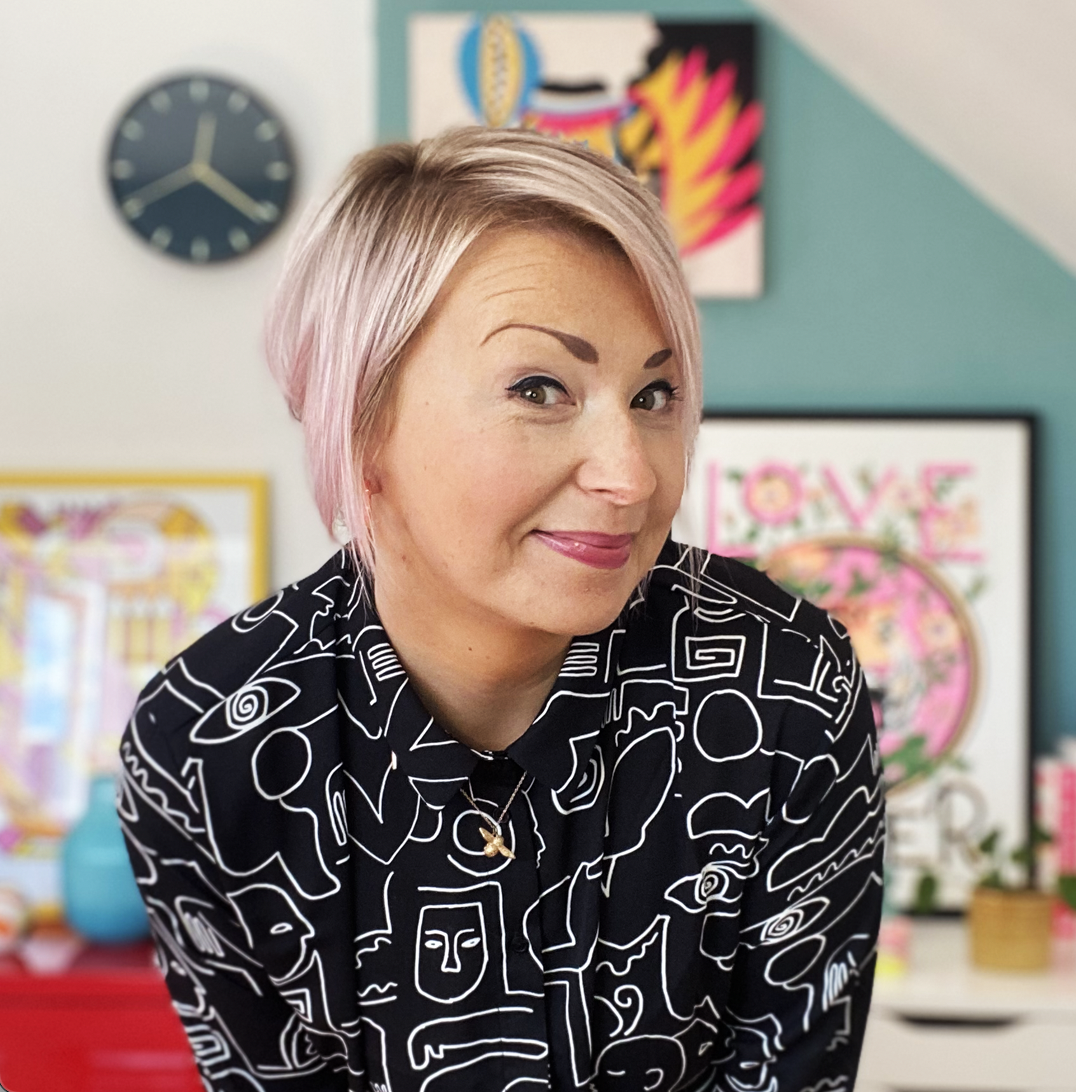
Lisa Hassell is a creative coach and the founder of Inkygoodness – a global community on a mission to connect, inspire, and empower the next generation of artists, illustrators and creative entrepreneurs.
